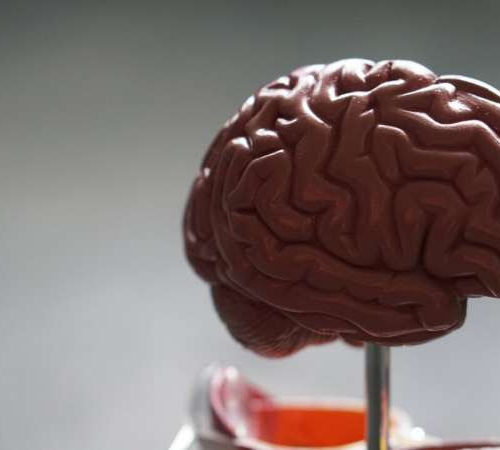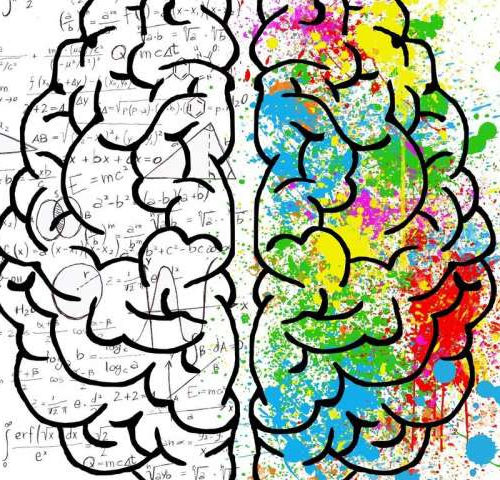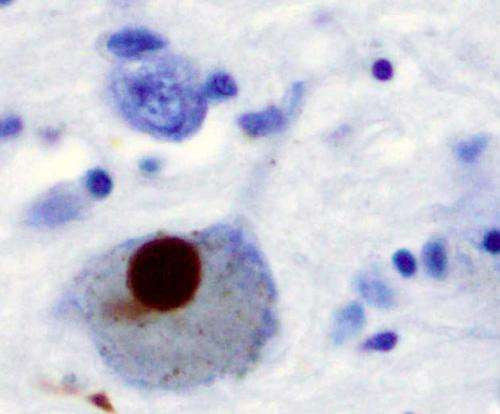by Case Western Reserve University Credit: Unsplash/CC0 Public Domain Scientists at the Case Western Reserve University School of Medicine have determined the structure of protein “fibrils” linked to Lou Gehrig’s disease and other neurodegenerative disorders—findings that provide clues to how toxic proteins clump and spread between nerve cells in the brain. Their results may also lead...
Tag: <span>Brain disorders</span>
Nanoparticle drug-delivery system developed to treat brain disorders
by Brigham and Women’s Hospital Credit: Pixabay/CC0 Public Domain In the past few decades, researchers have identified biological pathways leading to neurodegenerative diseases and developed promising molecular agents to target them. However, the translation of these findings into clinically approved treatments has progressed at a much slower rate, in part because of the challenges scientists face in delivering...
Parkinson’s disease may start in the gut
by Karolinska Institutet Researchers at Karolinska Institutet in Sweden and the University of North Carolina in the USA have mapped out the cell types behind various brain disorders. The findings are published in Nature Genetics and offer a roadmap for the development of new therapies to target neurological and psychiatric disorders. One interesting finding was...
How do we recall the past? New mechanism revealed
By Catharine Paddock PhD Fact checked by Jasmin Collier Following their study in rats, scientists have broken new ground in memory research. The finding concerns how the brain retrieves long-term memory and should open new avenues for investigating and treating Alzheimer’s disease and other causes of dementia. Researchers at the University of Nevada, Las Vegas have discovered that two brain...
Biochemical switches identified that could be triggered to treat muscle, brain disorders
ST. JUDE CHILDREN’S RESEARCH HOSPITAL St. Jude Children’s Research Hospital scientists have found that the enzymes ULK1 and ULK2 play a key role in breaking down cell structures called stress granules, whose persistence leads to toxic buildup of proteins that kill muscle and brain cells. Such buildup is central to the pathology of three related diseases: inclusion body myopathy...
Study implicates hyperactive immune system in aging brain disorders
In a study of fruit flies, NIH scientists suggested that the body’s immune system may play a critical role in the damage caused by aging brain disorders. The results are based on experiments in which the researchers altered the activity of Cdk5, a gene that preclinical studies have suggested is important for early brain development...
Studies highlight lasting effects of early life stress on the genome, gut, and brain
Excessive stress during fetal development or early childhood can have long-term consequences for the brain, from increasing the likelihood of brain disorders and affecting an individual’s response to stress as an adult to changing the nutrients a mother may pass on to her babies in the womb. The new research suggests novel approaches to combat...
Mutations in trafficker protein linked to brain disorders.
Protein involved in the strengthening of synapses may have key role in neurodevelopmental disorders. Cerebellar purkinje cells with increased levels of ASTN2. Credit: Behesti et al. PNAS Communication between neurons is vital for efficient neural activity. This is highly regulated by the level of postsynaptic membrane surface proteins expressed, which adapts and changes in response...



